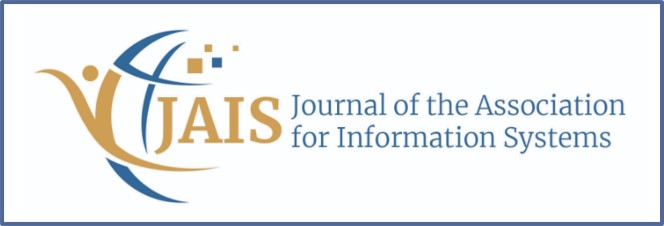
Abstract
Online designers have widely adopted banners as a popular online advertising format. However, because of their low click-through rates, marketers have recently questioned the effectiveness of banners. A phenomenon called “banner blindness” suggests that salient stimuli, such as banners, are often missed by Internet users. This contradicts the distinctiveness view, which argues that salient stimuli are more likely to attract a user’s attention and enhance the click-through rate. To solve this debate, we develop a research framework to explain from an evolutionary perspective how the banner processing mode evolves. More specifically, we develop a process model that shows the transitions between three banner processing modes – automatic salience capture, controlled salience suppression, and automatic salience suppression. In addition, a unified variance model is proposed to solve the distinctiveness – blindness debate. Specifically, we propose that the habituation level and the task type can moderate the effects of structural factors and semantic factors on attention. We also discuss empirical strategies for examining the model and future research.
Recommended Citation
Sun, Yongqiang; Lim, Kai H.; and Peng, Jerry Zeyu
(2013)
"Solving the Distinctiveness – Blindness Debate: A Unified Model for Understanding Banner Processing,"
Journal of the Association for Information Systems, 14(2), .
DOI: 10.17705/1jais.00324
Available at:
https://aisel.aisnet.org/jais/vol14/iss2/2
DOI
10.17705/1jais.00324
When commenting on articles, please be friendly, welcoming, respectful and abide by the AIS eLibrary Discussion Thread Code of Conduct posted here.

